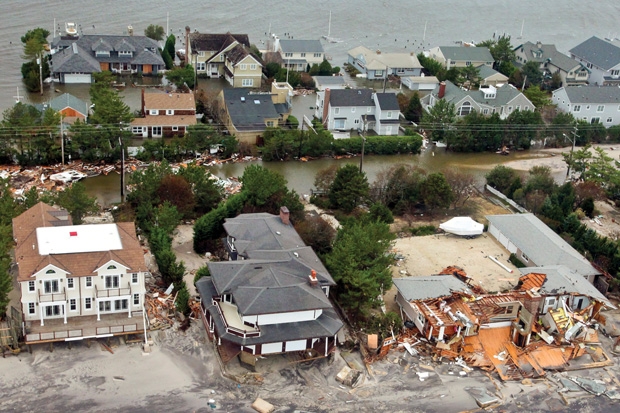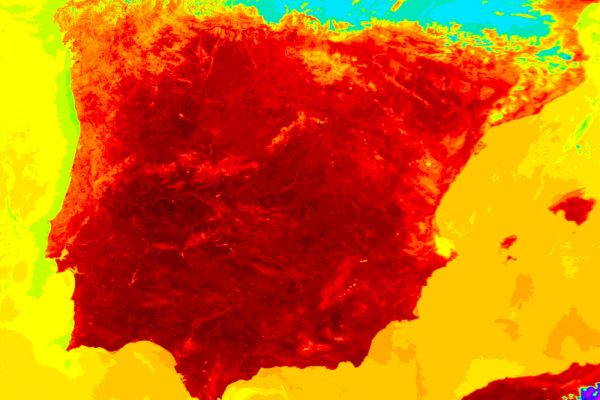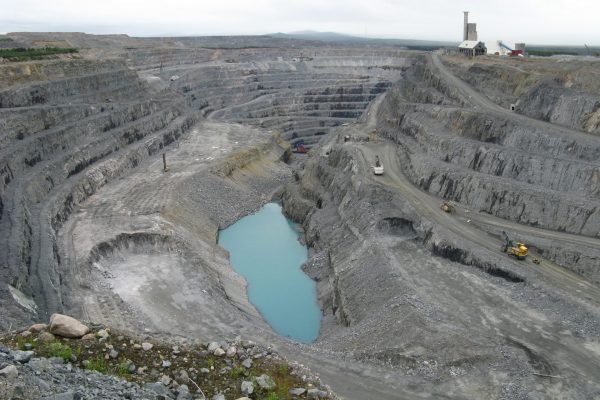For the last ten years, the majority of Americans have accepted the scientific consensus on the basics of global warming.
In our 1998 national survey of a representative sample of Americans, majorities believed that the planet had been heating up gradually during the previous one hundred years, that human activities were an important cause of global warming, and that unchecked warming would threaten humanity. At that time, most Americans wanted government to do more to deal with global warming.
Since then, these majorities have grown. More Americans now believe that the planet has been heating up, that the consequences will be bad, and that the government should act more aggressively.
During the last decade Americans also became more certain of their views on global warming, more knowledgeable about the issue, and apt to attach greater personal importance to it. Now they are more likely to act on their views when they vote, make contributions to lobbying groups, and communicate with elected officials.

What about solutions? Surveys conducted in 2006 and 2007 showed that large majorities of Americans opposed some policy approaches to reducing emissions and favored others. Specifically, large majorities of citizens opposed increasing taxes on gasoline or electricity simply to induce consumers to use less. On the other hand, even larger majorities believed that government should require or encourage (through tax incentives) manufacturers to offer more energy-efficient products.
Most Americans also favored government mandates requiring companies to alter the ways they generate electricity, with the goal of reducing greenhouse-gas emissions. However, only about half of the country favored carbon taxes to be paid by businesses, and most people opposed a cap-and-trade policy.
In a series of experiments embedded in national surveys, we explored this opposition to carbon taxes and cap-and-trade programs.* The results show that carbon taxes are considered undesirable because public discussion does not specify what will be done with the money raised. When we told our respondents that thegovernment would use revenue raised by the taxes to protect the environment or to help people in need, we saw no increase in public support for carbon taxes. But when we told people that the program would be implemented in a revenue-neutral way by rebating all new tax revenues equally to all Americans, people became more positive.
Support for cap and trade was not influenced by whether permits would be given to companies or would be auctioned. Nor was it influenced by reassurance that the program’s carbon-emissions restrictions could be enforced or by the fact that the cap-and-trade approach is especially efficient. Support increased only when people were told that a cap-and-trade program had been implemented successfully under the Clean Air Act. Marshalling public support for cap and trade, thus, may require reassurance that it is a tried-and-true method.
When it comes to global warming, the public has consistently manifested one strikingly widespread misperception. For at least ten years, majorities of Americans have believed that scientific experts substantially disagree about the existence of global warming. One possible explanation is media attention to skeptics.
Television and newspaper stories in recent decades have often counterbalanced a scientific expert with a skeptic who challenges the legitimacy of claims about the existence, causes, or consequences of global warming. To assess the impact of such skeptics, we conducted survey experiments in which some respondents watched a television news story in which a mainstream natural scientist is interviewed, while others watched the same story supplemented by a one-minute interview with a skeptical scientist.
Adding the skeptic substantially decreased the proportion of people who believed that most scientists agree about the existence of global warming. Adding the skeptic also decreased the certainty with which people held the view that global warming had been happening and also the proportions of people who thought that global warming would be bad for people, for whom global warming was highly personally important, who thought it was a serious problem, who felt government should take action to address the problem, and who favored cap and trade. Efforts at “balanced” coverage probably created the myth of scientific dissensus, while reducing the number of Americans who endorse mainstream scientific views.
Not surprisingly, skepticism of mainstream scientific views on global warming corresponds to party affiliation. During the last ten years, many visible Democratic leaders and liberal-leaning elites have held that global warming is real and poses a large threat, whereas many Republican leaders and conservative-leaning elites have expressed skepticism. Consistent with the argument that citizens follow the lead of elites with whom they share party or ideological affiliations, we found that Republicans hold strikingly different views about global warming from those held by Democrats and nonpartisans, and that the gap between these groups has grown. Whereas Democrats and nonpartisans have become more inclined to endorse the mainstream scientific consensus, the number of Republicans endorsing mainstream scientific views has changed comparatively little, while their knowledge increased and certainty decreased. If Republican leaders continue to hold a skeptical stance, Republican citizens may do so as well.

Large majorities of Americans hold many beliefs and attitudes about global warming that are consistent with the scientific consensus. And some policy solutions (for example, government mandates) enjoy majority support. But public hesitations about cap and trade may well inhibit Washington’s ability to pass legislation that features this approach prominently—especially if opposition forces attempt to marshal public opinion and if supporters are inattentive to the sources of that hesitation.








